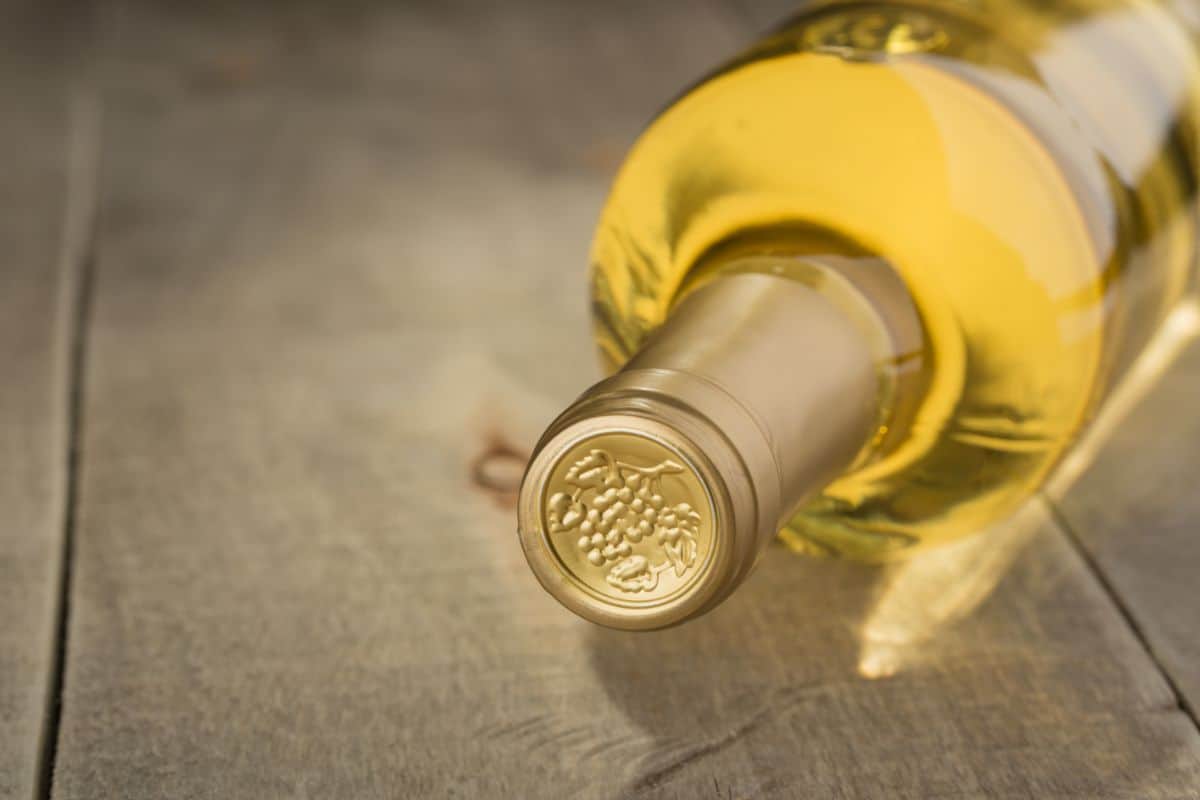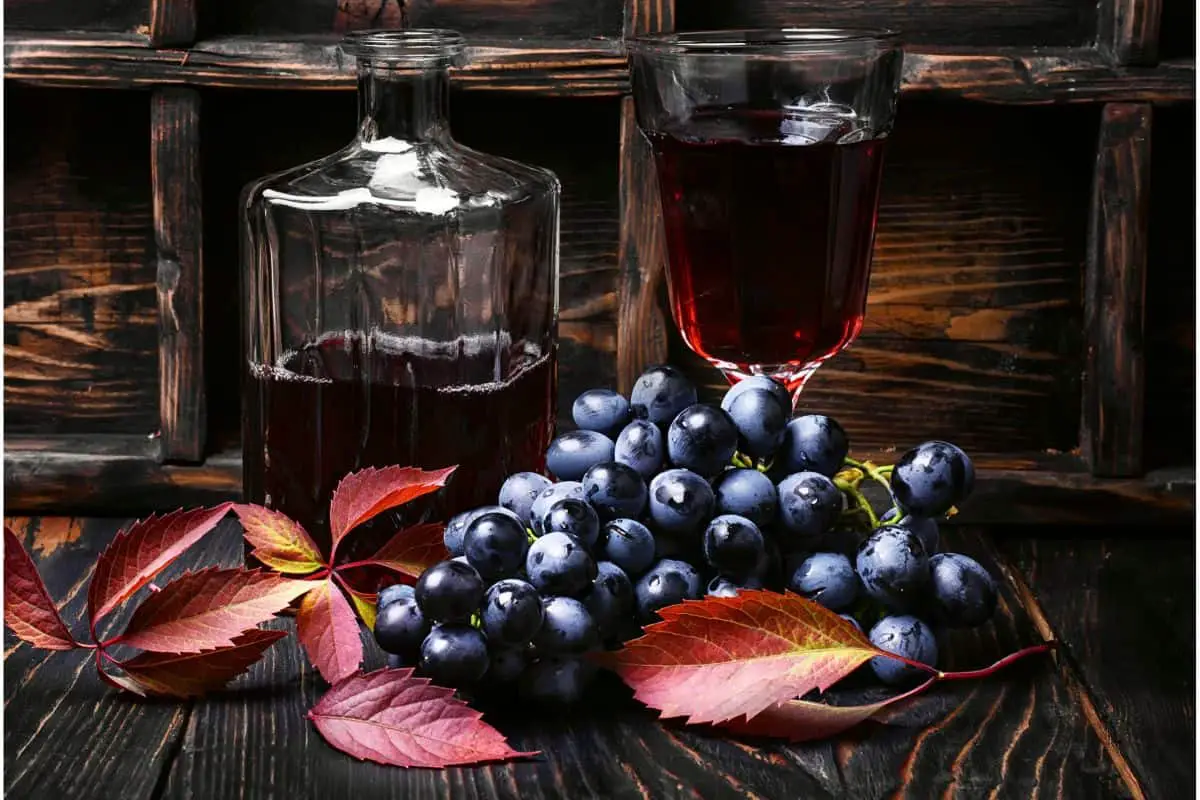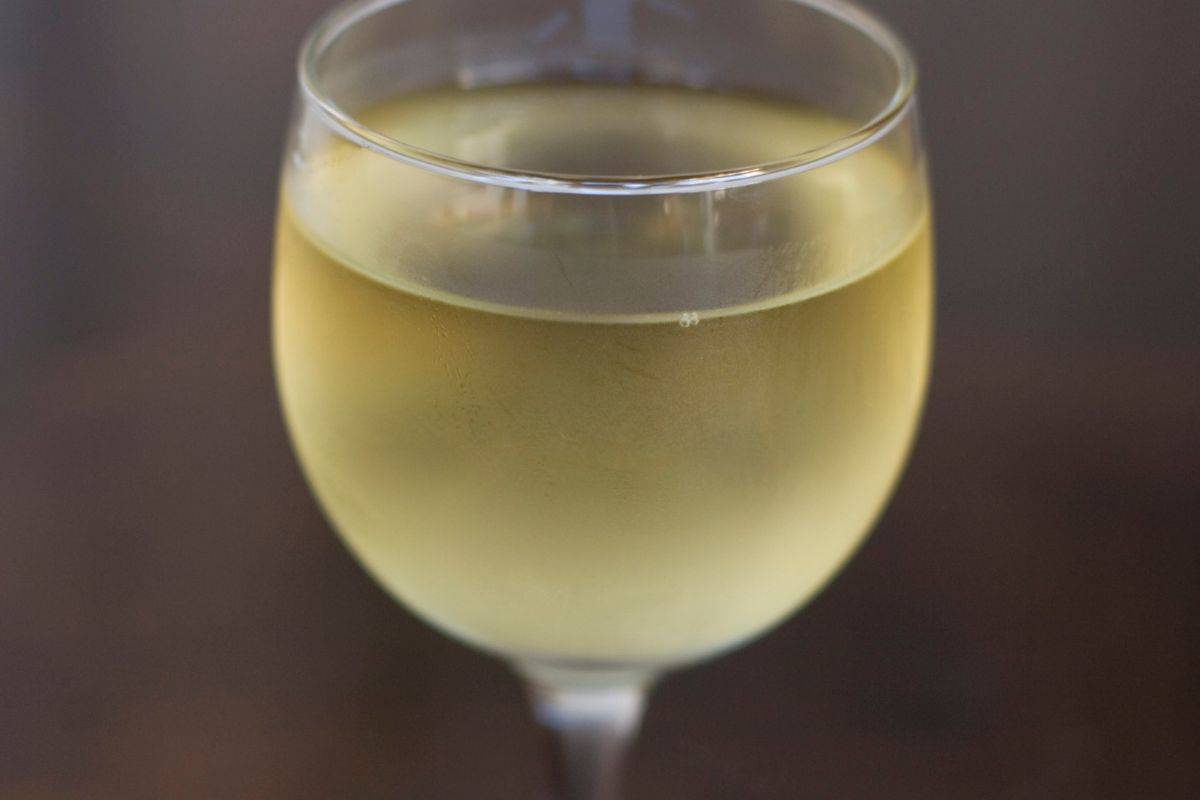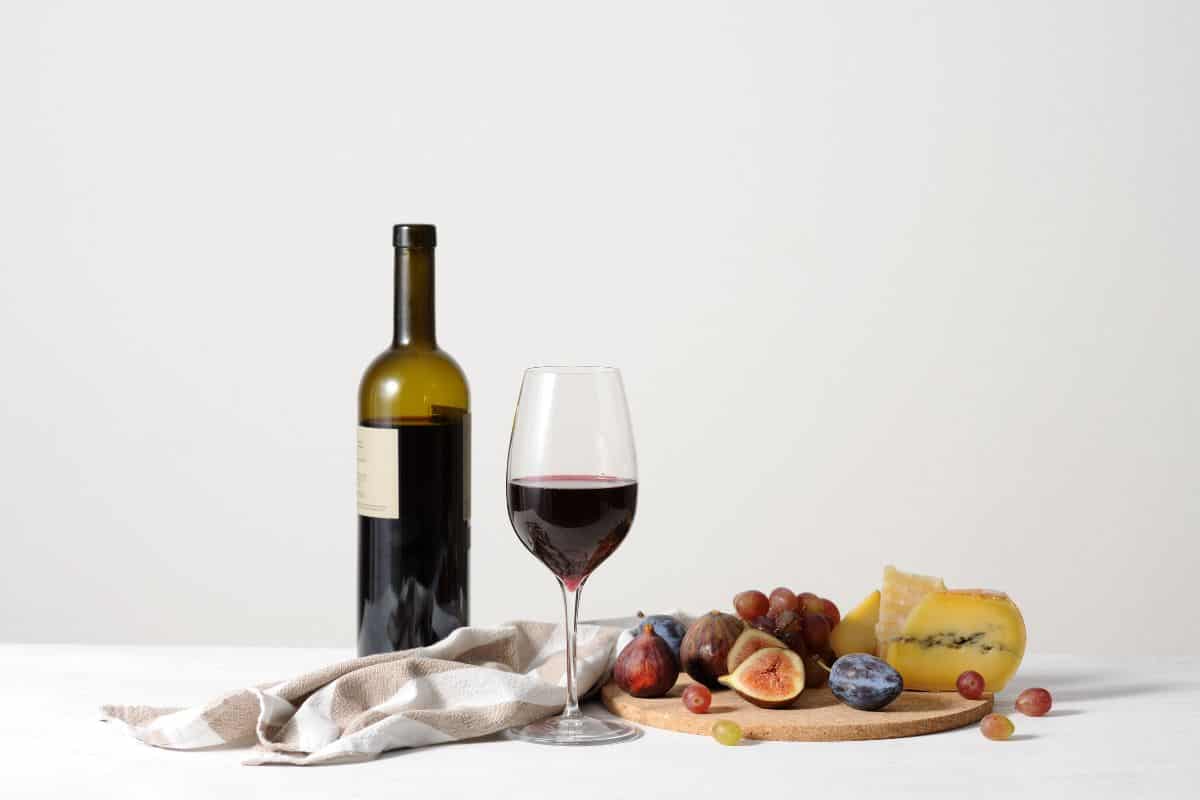Whether you’re using it in cooking, or simply sipping o a glass on a hot summer’s day, wine does feel like a high-class luxury, no matter how you are using it.
For a newcomer to this food, both as a hobby drinker and a chef, there’s nothing quite like it. Joining wine clubs, and social nights.
There are plenty of new things to discover when getting into this side of the culinary arts.
However, for some people joining for the first time, it can often feel like many of the items and terms that are discussed don’t make any sense.

Or at the very least, they have no bearing on how they are used in normal language and can be something of an obstacle when it comes to learning more about and getting involved with this hobby.
Take dry white wine, for example. For many newcomers, that term is going to sound bizarre. After all, how can a drink be dry?
Well, that’s what we are going to cover here!
In this short guide, we are going to explain what exactly dry white wine is, and why it is different from other varieties of white wine.
We’ll also cover a few examples of dry white wine, so you have a good idea of where to start for your wine tastings.
White Wine
Before we go any further, it will likely be helpful to establish what white wine is in the first place, as well as what establishes it from similar alcoholic drinks such as red wine.
Like red wine, white wine is created from the fermentation of grapes to create alcoholic drinks.
However, what separates white wine from red wine is both the type of grape and other fruits that are used, as well as the process that grapes themselves go through.
White wine is usually made from white or lighter grapes, fruits that are usually a light green to yellow-green, and carry less color over to the alcoholic beverage that they create.
More importantly in the creation of white wine, however, is the lack of skin contact that is used whilst white wine is being fermented.
This means the colors of the skin of the grape or fruit, as well as the wort of the grape (the juice that is extracted from the juice vesicles of the grape).
These leave white wine with its light and, more importantly, its clear color.
What Makes Dry White Wine Different
So, having established what exactly a white wine is, and what distinguishes it from other types of wine.
Now we can discuss what exactly a dry white wine is, and what makes this wine so different.
Normally, when the wine is being fermented and turned into alcohol, the process is interrupted in some way, to preserve the relative sweetness and flavor of the wine.
This is why many types of red wine often keep some element of sweetness when compared to their white counterparts.
However, when it comes to dry white wine, the opposite is true.
In dry white wine, the fermentation process is left uninterrupted, which allows for all the yeast used in fermenting the extracted liquid and juices of the wort of grapes to turn it into its alcoholic form.
What This Means To Taste Dry White Wine

The result of this process is pretty clear.
The wine that is produced not only lacks pretty much any sweetness that other types of wine are known for, such as red, and has a high acidity when compared to other wines.
This often means that the flavor of the wine leaves the mouth as soon as the wine has, hence the term ‘dry’.
Not only that, but the acidity of the wine, as well as its effect on many foods when it is cooked with them, such as softening meat and making cooking juices deglazed, means that this wine is perfect for cooking most of the time.
It is important to note that, although most white wines can be considered dry in some way or other, it is not universal.
Chardonnay, for example, tends to have a much stronger flavor than other white wines and is not appropriate for cooking in the same way that other, drier white wines are.
Examples Of Dry White Wine
So, we have mentioned that some kinds of white wine, such as chardonnay, aren’t usually considered dry white wines. But which varieties are?
Sauvignon Blanc
This variety is a classic when discussing dry white wines, and is considered a standard that other drys are compared to.
With a crispness that is accompanied by its high acid content, this type of dry white wine is grown in vineyards across the world, with major wineries being established in France, Italy, and New Zealand, as well as having notably high-quality Sauvignon Blanc in places such as Chile and South Africa.
In the United States, California is a popular place for Sauvignon Blanc to be produced.
Pinot Grigio
Whilst the name Pinot Grigio is most commonly used in Italy, the names Pinot Gris and Pinot Blanc are also used across the world where this dry wine is grown, such as in France and the United States.
Pinot Grigio tends to have more mineral-Esque flavors, and often carries lighter tones, as well as the trademark crispness that white wine is known for.
Riesling
A type of white wine that is often grown in Germany and Alsace, this dry wine has been known to have both dry and sweet qualities to it when tasted.
When it is drier, there are even hints of apples being found in this dry wine.
Final Thoughts
As you can see, white wines, whether they are sweeter or drier, have quite the variety to them.
Hopefully, now, you understand the differences a little better yourself.
- How to Learn Wine Tasting: Essentials for Beginners - March 10, 2024
- How to Learn to Like Wine: Cultivating an Appreciation for the Vintner’s Art - March 10, 2024
- Thanksgiving Sangria: A Flavorful Twist to Your Holiday Table - August 27, 2023








